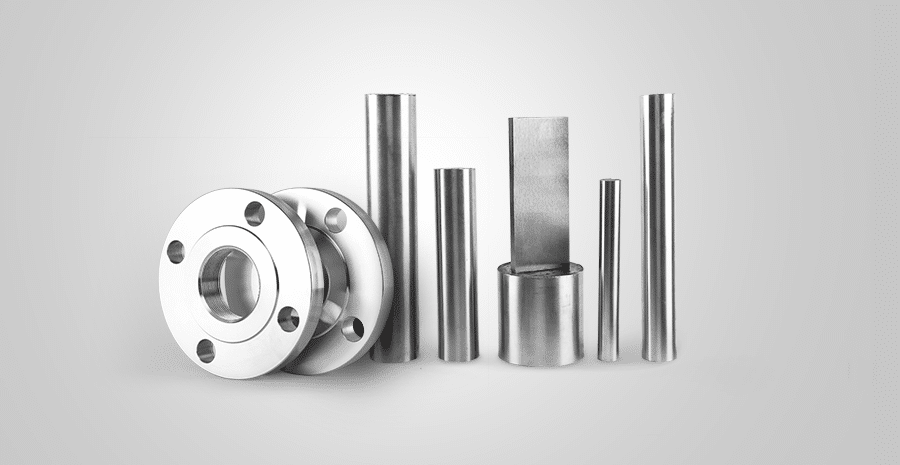In material science and engineering, selecting the appropriate material for a project is essential. Stainless steel is one material that has drawn the attention of numerous sectors among the many options available.
Let’s examine the relative qualities of stainless steel and other materials. From the benefits to drawbacks of each, we will explore the viewpoints of Indian producers and stainless steel products suppliers.
Durability and Strength
Stainless Steel:
Stainless steel stands out as a top pick for many applications because of its exceptional durability and resistance to corrosion, rust, and stains even in tough conditions. This means it stays strong for years, cutting down on the need to fix it often. The toughness and long life of stainless steel make it useful in building cars and crafting planes.
Other Materials:
Everyday materials like aluminium, plastic, and carbon steel each have their pros and cons. Although aluminium is a lightweight metal and is corrosion-resistant, it’s not as tough as stainless steel. Plastic can be used for many applications, and it’s cheap, but it tends to wear out and break down with time. Carbon steel is tough, but it can rust and corrode, so you need to coat it to protect it.
Aesthetic Appeal
Stainless Steel:
The smooth modern look of stainless steel makes it a top choice for home appliances, architectural elements, and decorative applications. Its clean and shiny appearance makes it a valued aesthetic product.
Other Materials:
You can shape and colour materials like aluminium and plastic to create different designs, but they often don’t have the high-end look and feel of stainless steel. Wood is aesthetic as well, but it requires a lot of maintenance to preserve its appearance and structural integrity.
Hygiene and Cleanliness
Stainless Steel:
Stainless steel is a non-porous surface that can be used in medical facilities, kitchens, and food processing plants. It is easy to clean and does not provide a breeding ground for bacteria or germs, thus it ensures a sterile environment.
Other Materials:
Porous substances like wood and some types of plastic can retain moisture and grow bacteria, which are the reasons why they are not suitable for hygiene applications. On the other hand, glass is also non-porous and easy to clean, but it can break if it is stressed too much.
Environmental Impact
Stainless Steel:
The good news is that stainless steel has excellent recycling potential and its production cycle has a negligible impact on the environment, which is supposed to be a virtue of almost any material. Stainless steel products have long lifespans and outstanding durability, which allows them to replace others, thus reducing waste generation over time.
Other Materials:
Apart from aluminium which is very good at recycling, it is also the case that its mining, and processing have high energy costs. Plastics, especially those that are meant to be used only once, have become the main reason for harming the environment. While wooden furniture enthusiastically embraces the renewable narrative, it has to shield itself from the greenwashing concerns that are triggered by the very fact that deforestation happens and/or certain ecological concerns loom when it is not sourced sustainably.
Cost Considerations
Stainless Steel:
The main cost of stainless steel is initially higher than that of other materials like plastic and aluminium but later on, it provides returns through its long life and easy-to-clean feature, thus it is a saviour in financial terms. In the long run, the product’s durability and low maintenance, a benefit, are reasons that are usually accepted by consumers, thus making stainless steel cost-effective.
Other Materials:
Nevertheless, materials like plastic and carbon steel, which have lower initial costs, may still result in bigger expenses in the long run due to their relatively short lifespan and higher maintenance needs. On the one hand, alloys such as aluminium offer savings compared to stainless steel. Yet, in some applications where additional strength is required, these savings may be offset by reinforcement costs needed for the installation.
Versatility and Applications
Stainless Steel:
The versatility of stainless steel can be seen in its various applications in almost all industries. From kitchen gadgets and medical instruments to car parts and building materials, stainless steel’s adaptability allows it to be the manufacturer’s first choice.
Other Materials:
Aluminum is loved in the aerospace industry because of its lightweight, while plastics are everywhere preferred in consumer goods as they are easy to make and cheap. Nevertheless, these materials often require specific conditions to maximize their utility, unlike the broad applicability of stainless steel.
Conclusion
For stainless steel product manufacturers in India, the advantages of stainless steel are obvious. It is a better option for several applications due to its strength, aesthetic appeal, hygienic qualities, and environmental advantages. Its distinct characteristics, such as its long-term cost-effectiveness and versatility, set it apart from the others and make it the material of choice for contemporary engineering and production. Choosing stainless steel is a safe bet against erratic fluctuations in the market in the future, in addition to meeting current standards.


Post A Comment